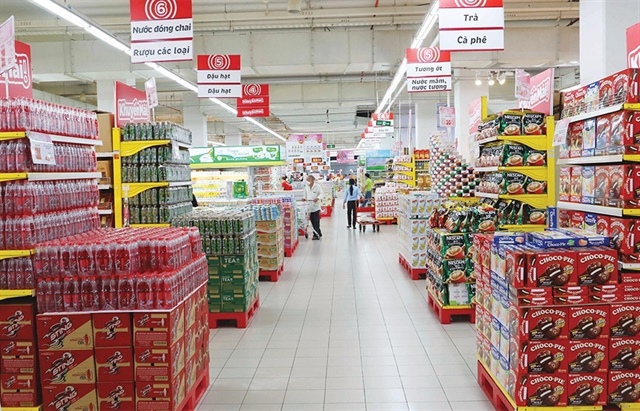DOC raises import tariff on Vietnam’s catfish, but exports won’t decrease
DOC raises import tariff on Vietnam’s catfish, but exports won’t decrease
The Vietnam Association of Seafood Exporters and Producers (VASEP) has affirmed that Vietnam’s catfish exports would keep going to the US as normal, denying the rumor that the catfish export has got stuck because of the high anti-dumping duties.

The US Department of Commerce (DOC) has decided to increase the anti-dumping tariff on Vietnam’s catfish exports to the US by 25 times for the latest period of review (POR8). The decision has disappointed Vietnamese farmers and seafood processing companies, which call the decision as an “unanticipated blow” on them.
However, VASEP has affirmed that Vietnamese exporters will still keep exporting products to the US. VASEP’s Deputy Chair--Duong Ngoc Minh, said POR8 only taxes the enterprises which are the defendants in the lawsuit, while other enterprises still have the opportunities to increase the exports to the US when they are taxed cent0.03 per kilo only on every kilo of exports.
Someone’s misfortune could be others’ opportunity
Right after DOC announced the new anti-dumping tax rates on some enterprises, the others have been gearing up to increase the productivity in an effort to push up the exports to the US.
Nguyen Van Ky, General Director of Agifish, said he has ordered to increase the production shifts at all the company’s 3 processing factories in a plan to increase the output from 250 tons of materials per day to 300-400 tons.
He went on to say that Agifish plans to bring 150 containers of catfish to the US market a month, expecting to see the exports to the US increase by $20 million to $60 million this year.
It is estimated that Vietnam has had 30 enterprises exporting catfish products to the US by the end of 2012, of which Vinh Hoan and Anvifish are the biggest exporters.
However, with the overly high anti-dumping tax rate for the POR8, the two companies would not have many opportunities to export products to the US any more. Therefore, the two of them would be replaced by others.
Minh affirmed that with the current material development areas and the processing capacity, other Vietnamese enterprises will be capable to increase the exports to the US.
Therefore, VASEP doesn’t think that the catfish exports to the US would not decrease this year, while the export revenue would still be firm between $280 and $350 million.
Some sources said that some months ago, the US importers thought the supply in Vietnam was profuse, and decided that they would only place orders after the DOC releases the POR8 tax decision.
The tax rate on Vietnam’s catfish exports did not decrease as expected, but has increased dramatically, which has prompted importers to rush to increase the imports to improve the short supply. Besides, since they foresee that the prices would increase further, they have decided not to wait any longer.
“It may happen that the exports to the US would decrease in March and April, because Vietnamese enterprises need time to seek material supply sources. However, the exports would bounce back from May,” Minh said.
“The inventories have nearly run out. It’s time for US partners to import products, despite the high tax,” he added.
Seafood companies now discuss the methods to look for new markets in order to ease the reliance on the US market and disperse risks. North America, South America (Brazil, Mexico, Columbia…), Europe and Asia (China) could be the big alternative export markets for Vietnam which have increased their imports from Vietnam recently.
Hung Ca Company got the revenue of $100 million in 2012, though it did not export products to the US.
vietnamnet

























